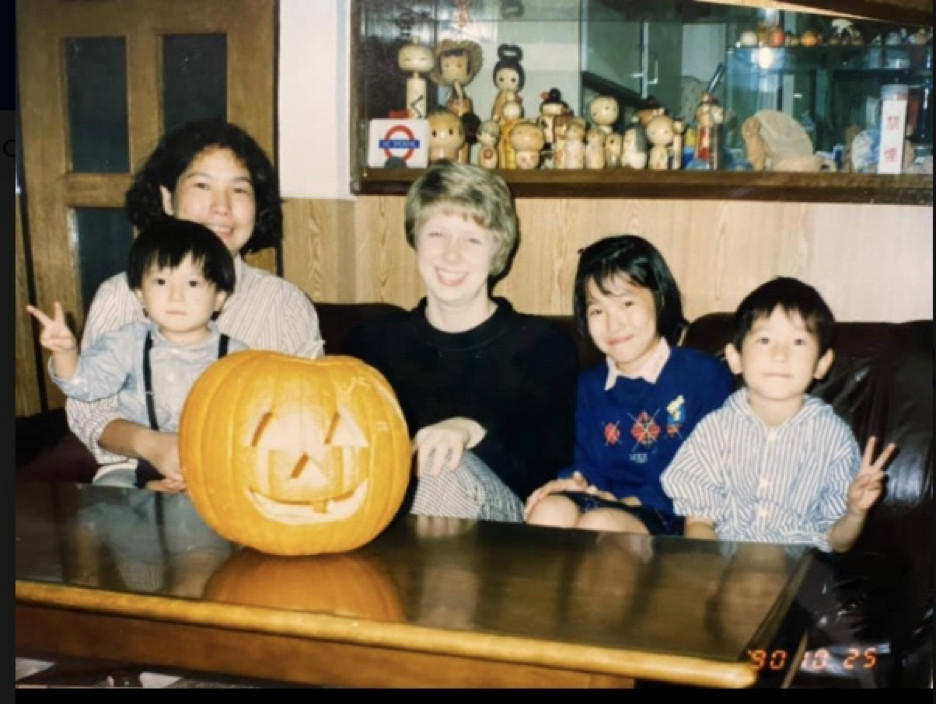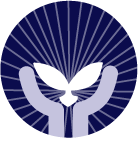Cathy Williams Hargrave

Cathy Hargrave holds a Bachelor of Music degree (University of Louisville) and a Master of Music degree (Butler University). She graduated from the Talent Education Institute (1983) and returned for three additional years (1988-1991). She has been a registered Teacher-Trainer with the Suzuki Association of the Americas since 1986 and a guest teacher in Canada, Russia, Japan, and throughout the USA. She is the co-author of the SAA Unit 2 Suzuki Piano Training Syllabus and has written two books, Reading Music by Ear and Basic Rhythm Studies.
Name in Japan: Cathy Medley & Cathy Williams
Other places lived since Japan: Only U.S. (KY, IN, CA, TX)
Instrument studied in Japan: Piano
Dates in Japan: The year I graduated was 1983 (1 year). I returned for more study in 1986 (1 month), 1988-1991(3 years), 1993 (1 month), 1998 (1 month), 2007 (1 month).
Years and locations of workshops with Dr. Kataoka that were outside of Japan: Workshops in the U.S. with Kataoka were from 1981 - 2004.
Memories
Utopia!
By Cathy Williams Hargrave
According to the Merriam-Webster Dictionary, Utopia is “a place of ideal perfection, especially in laws, government, and social conditions”. This is a perfect description of my study with Dr. Suzuki and Dr. Kataoka at the Talent Education Institute in Matsumoto, Japan.
I first learned about the Suzuki Method when I was an accompanist for Virginia Schneider’s weekly violin group classes at the University of Louisville. Shortly thereafter, I discovered the Suzuki Piano Method and began teaching it. There were no American teacher trainers of any instrument then, and almost no one in the United States, including me, knew about Dr. Kataoka. After college, I went to graduate school at Butler University in Indianapolis and began an apprenticeship with Gretchen Hazen Brown, one of the first American pianists to study with Dr. Kataoka in Matsumoto (1972). Around1981, I participated in my first workshop with Dr. Kataoka in London, Ontario. She invited me to become her teacher-trainee in Matsumoto. Nine months later, on a one-way ticket, I arrived in Matsumoto. I was twenty-six.
Etsuko Miyazawa, who worked in the office at the Talent Education Institute, met me at the train station and drove me to my host family’s home. They had two adult children living at home who were about my age, and their son spoke English. I rented a cozy little “house” in their backyard. It was one room with tatami mats and had no hot water, stove, heat, air conditioning, bath, or shower. It did have a futon with covers, a sink with cold water, two gas burners, a few dishes, a refrigerator, and a small “bathroom” (hole in the ground).
My little abode was near Dr. Suzuki’s home. Almost every morning, his car would pull onto the main street as I rode by on my bicycle. He and his assistant, Michiru Naruse Hotaka, were in the backseat, and Mr. Yuki was the driver. I secretly raced them. One day, I found out they were racing me too. Dr. Suzuki would say, “Hurry! She rides like the wind.” Without exception, they always won, which obviously pleased Dr. Suzuki.
I used to watch Dr. Suzuki’s group lessons and apply his ideas to the piano whenever possible. This led to the beginning of many conversations: how he began the Suzuki Method; teaching students to read; teaching parents about his philosophy; leading others, the ideal Suzuki school, etc. Sometimes, he would pop into my practice room with a new idea for pianists. I cherish the experiences of accompanying his teacher trainees at rehearsals, conferences, and graduation concerts. For one of his birthdays, I made a cross-stitch pillow depicting the front of the only cigarette brand he smoked, Camel cigarettes with no filters. It gave me great delight to see him laugh and show it off all day. From that day on, he leaned back on it during teaching.
I am deeply grateful for my time with Dr. Suzuki and Dr. Kataoka. I have never been able to create that kind of Utopia for my students and trainees on a long-term basis. By my estimate, I have taught over 1500 students in my own program. Some became professional musicians, Suzuki Piano teachers, and about 50% of them minored in piano while pursuing other academic degrees. With all my past, present, and future students, I hope their Suzuki Piano study helps them become caring, intelligent human beings who make a positive impact on society. As Dr. Suzuki always said, “Let’s teach for the happiness of children around the world” because “Where love is deep, much can be accomplished.”
Photo in Matsumoto


